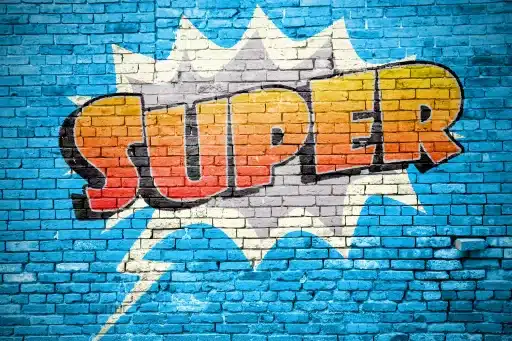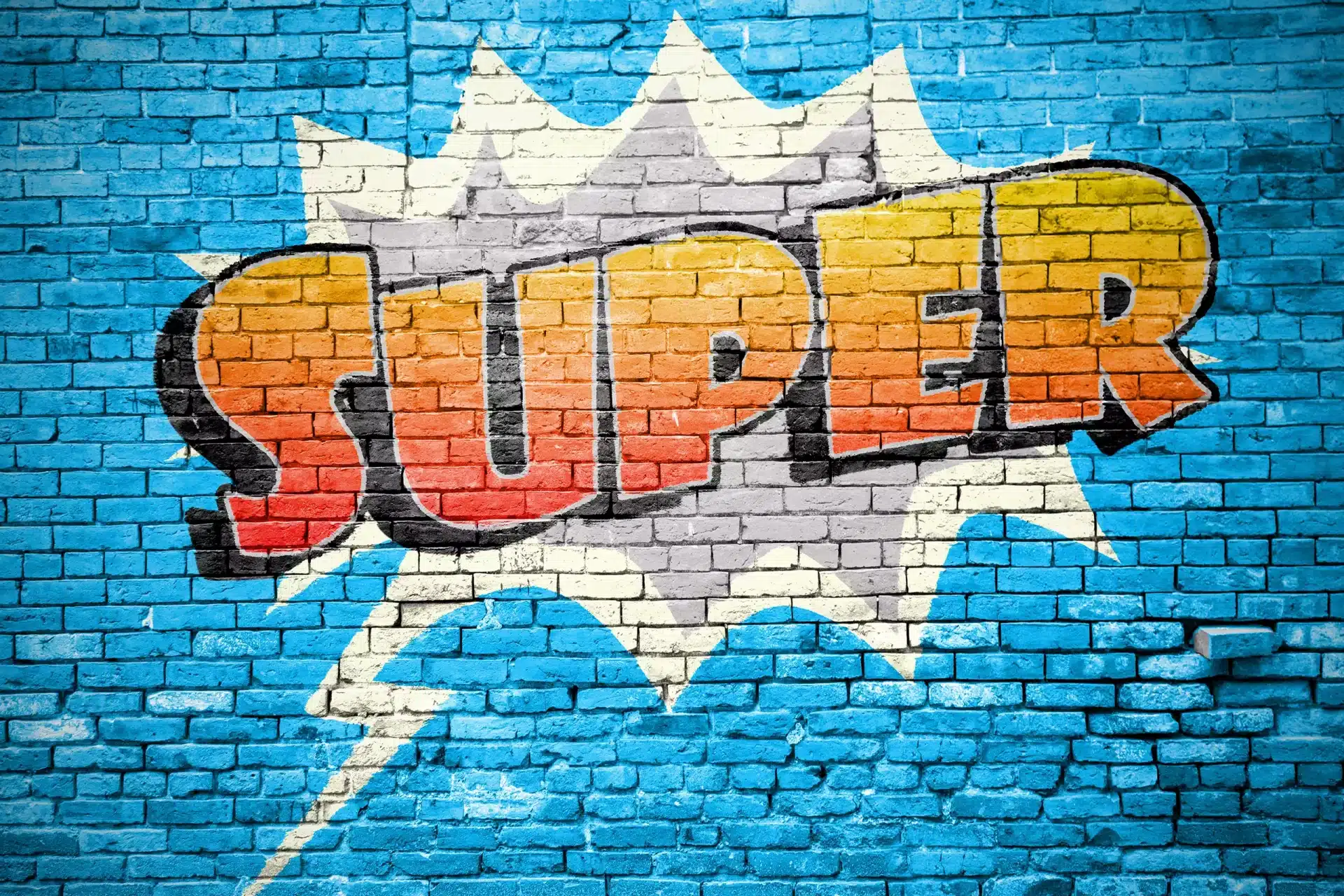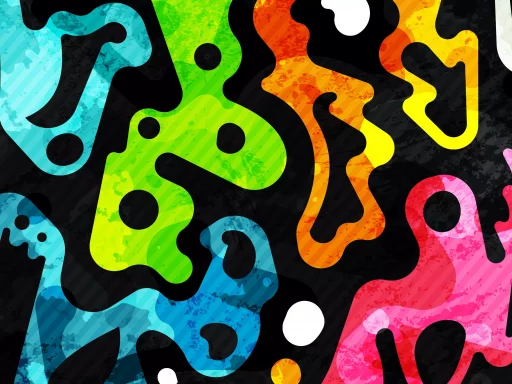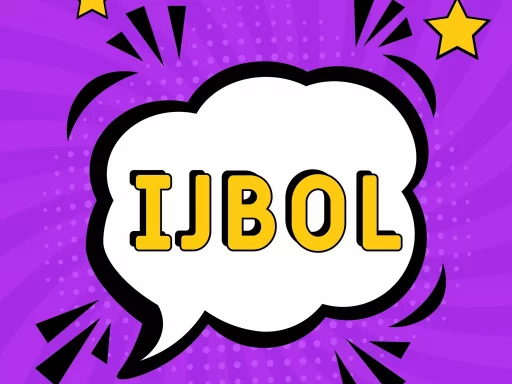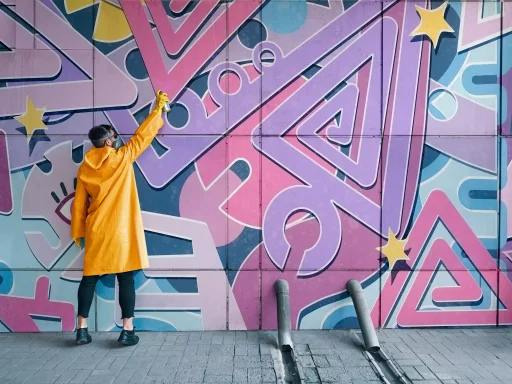Introduction to Jungle Fever Slang
Language evolves over time, reflecting cultural shifts and societal changes. One term that has gained traction in popular culture is ‘jungle fever.’ Originally derived from the film, the term has taken on various meanings within different social contexts. In this article, we delve into the origins, implications, and modern interpretations of jungle fever slang.
The Origins of Jungle Fever
Originally, ‘jungle fever’ was coined in the late 1980s, primarily through the 1991 film starring Laurence Fishburne and Spike Lee. The term was used to describe the attraction that some individuals, particularly white women, felt towards men of African descent.
- The term highlighted the racial dynamics prevalent in such relationships.
- It brought forth a complicated narrative about interracial relationships.
As social movements fought for racial equality, the term became a controversial topic. It implied a kind of exoticism that reduced individuals to stereotypes based on race.
Modern Interpretations and Usage
In contemporary contexts, jungle fever has evolved beyond its original meaning. It often refers to a romantic or sexual attraction between people of different racial backgrounds, yet many argue that its implications can still carry negative connotations.
- Attraction versus fetishization: Understanding the difference is crucial.
- The term can sometimes reflect deeper societal issues regarding race.
Moreover, today’s youth culture has adopted ‘jungle fever’ in more playful contexts, referencing it in memes or social media posts that capture interracial romance without the historical baggage.
Case Studies: Jungle Fever in Popular Culture
The portrayal of interracial relationships in media has played a significant part in shaping the perception of jungle fever. We can evaluate a few prominent examples to understand the current climate surrounding it.
- Film and Television: Numerous films, such as “Guess Who’s Coming to Dinner” (1967) and “The Photograph” (2020), have depicted interracial relationships, influencing societal views on race.
- Social Media: Platforms like Instagram and TikTok have seen influencers openly discussing their own experiences with interracial dating, showcasing both the challenges and joyful aspects it brings.
However, it is essential to note that while these portrayals can foster acceptance, they can also perpetuate racial stereotypes and fetishization.
Statistics on Interracial Relationships
Interracial relationships have become increasingly common in the United States and around the world. Recent statistics highlight this trend:
- According to the Pew Research Center, as of 2021, nearly 17% of new marriages in the U.S. were interracial.
- A 2017 study indicated that 39% of Americans approve of interracial marriage, a sharp increase from the 1960s.
These changing demographics underline the importance of understanding terms like jungle fever and their evolving meanings in society.
The Implications of Using Jungle Fever Slang
Using the term jungle fever can have various implications, both positive and negative. Here are some aspects to consider:
- Awareness and Sensitivity: Recognizing its historical context is vital when discussing interracial relationships.
- Encouragement versus objectification: It is essential to avoid reducing individuals to mere stereotypes while celebrating diversity.
In conversations, it is always a good practice to approach the term with caution and be open to understanding its multifaceted interpretations.
Conclusion
Jungle fever slang has journeyed through time, symbolizing both attraction and the complexity of societal perceptions related to race. While it has evolved into a more casual term, the historical baggage cannot be overlooked. As society becomes more integrated, understanding and navigating such terms will be crucial in fostering respectful and meaningful conversations about race and romance.
